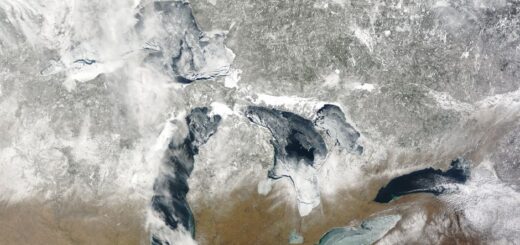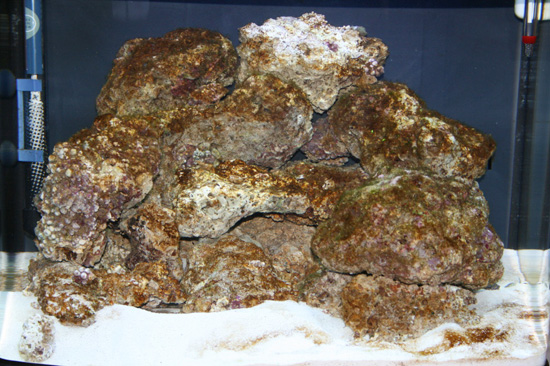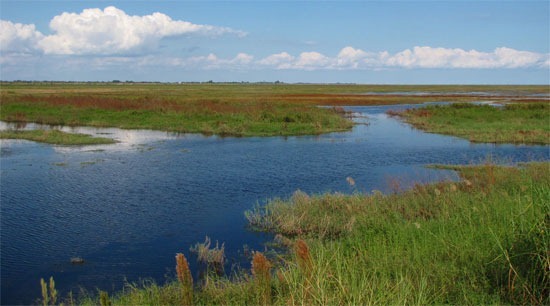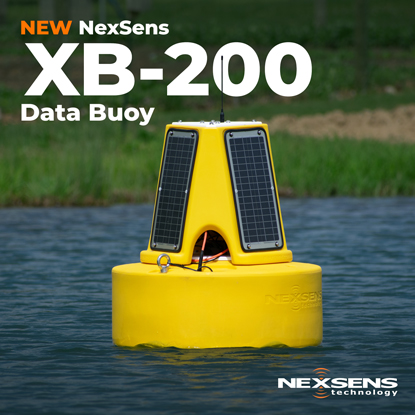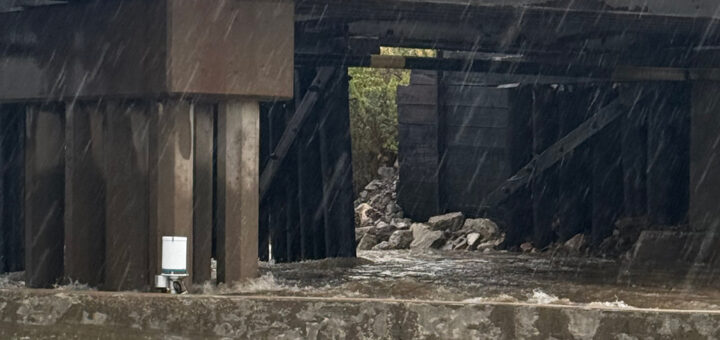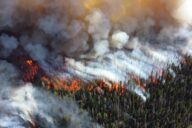Research Brief: Algae and Zooplankton Relationships in Lake Warnołty
0Cyanobacterial blooms in freshwater lakes have become a popular research topic in limnological circles due to their influence on water quality, temperature dynamics, food web structure, interactions, and ecosystem functioning. Cyanobacteria can dominate phytoplankton communities, leading to recurring blooms and shaping the rest of the ecosystem like zooplankton abundance and structure.
Due to their toxicity, not all predators in an aquatic ecosystem can eat cyanobacteria, and they are also not a preferred food choice, even for species capable of digesting the bacteria. Domination of cyanobacterial blooms can lead to a lower representation of more sought-after phytoplankton food sources and over-grazing of these resources.
A 2023 study published in Hydrobiologia aimed to describe the seasonal changes in composition and abundance of protozooplankton (heterotrophic nanofagellates and ciliates) and metazooplankton (rotifers and crustaceans) in relation to algae and both physical and chemical factors in a shallow eutrophic lake dominated by cyanobacteria.1
The study had two driving hypotheses:
- “The abundance, species composition, and relationships between algae and zooplankton would differ between seasons.
- Protists would be the main food resources for rotifers and crustaceans, mainly in summer when water bloom is the most intensive.”1
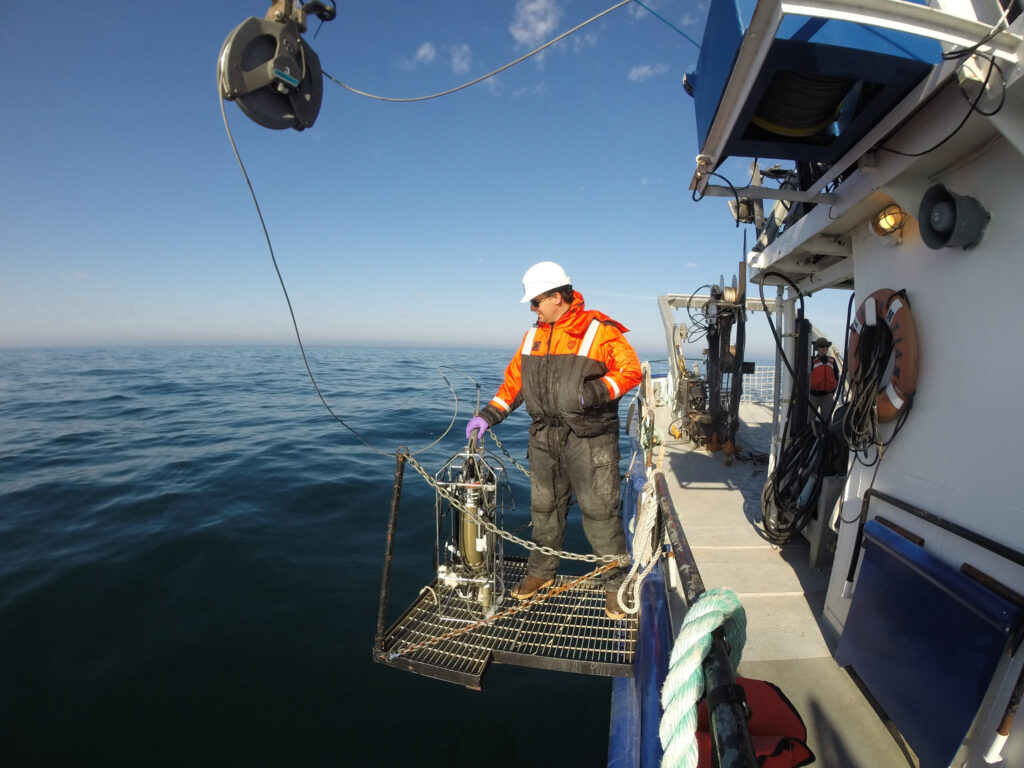
Zooplankton sampling in Lake Michigan June 16, 2014. (Credit: NOAA via Flickr CC BY-SA 2.0)
Methods
The shallow eutrophic lake selected for this study was Lake Warnołty in north-eastern Poland, which is dominated by cyanobacteria and endures the impact of a large nesting colony of cormorants which are associated with various impacts with primary producers (mainly cyanobacteria) and zooplankton.
Water samples were collected once a month during the spring, summer, autumn, and winter at six sites from 2016 to 2017. Temperature and oxygen concentrations were measured using a YSI multi-parameter ProDSS probe.
Turbidity was measured with a Secchi disc, and a spectrophotometer was used to measure total phosphorus (TP) concentrations. Various lab analyses reveal total nitrogen, total organic carbon, dissolved organic carbon, particulate organic carbon, and chlorophyll a concentrations.
Phytoplankton, heterotrophic nanoflagellates (HNF), ciliate, rotifer and crustacean samples were collected with water samples and identified and enumerated in the lab. Differences in the physical, chemical, and biological parameters between seasons were analyzed and compared.
Results
“The abundance and biomass of cyanobacteria were very similar in spring, summer, and autumn and significantly higher than in winter.”1 Filamentous cyanobacteria was the dominant phytoplankton across seasons.
The lowest abundance of algae was recorded in the summer, and a total of 95 species were identified. The lowest abundance of HNF was recorded in winter with the highest in autumn. For ciliates, abundance reached its max in autumn and minimum in winter.
Rotifer abundance, biomass, and the dominant structure changed throughout the study, with the lowest abundance occurring in the spring and the highest in the summer and winter, with a total of 44 species identified.
Abundance and biomass of crustaceans decreased throughout the year, with significantly higher biomass in the summer and a total of 25 species identified.
Overall, the phytoplankton community of Lake Warnołty was mainly composed of cyanobacteria. All of the groups of studied zooplankton were rich in species and relatively abundant, varying based on the time of year.
Results of the study indicate that all available algal-food resources were consumed by zooplankton, with the exception of autumn when fine detritus/organic aggregates, bacteria, and picoplankton were probably the main food for zooplankton.
Furthermore, winter, when the lake is covered in ice, may be a more favorable growth period for some algae, ciliates and rotifers than other seasons due to decreasing abundance of cyanobacteria.
Source
- Kalinowska, K., Napiórkowska-Krzebietke, A., Bogacka-Kapusta, E. et al. Algae–zooplankton relationships during the year-round cyanobacterial blooms in a shallow lake. Hydrobiologia 851, 2025–2040 (2024). https://doi.org/10.1007/s10750-023-05435-9





